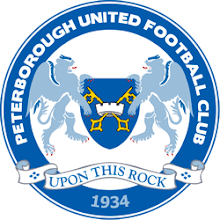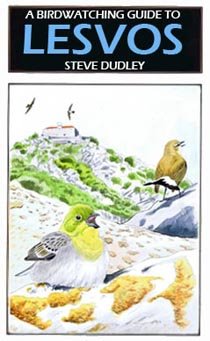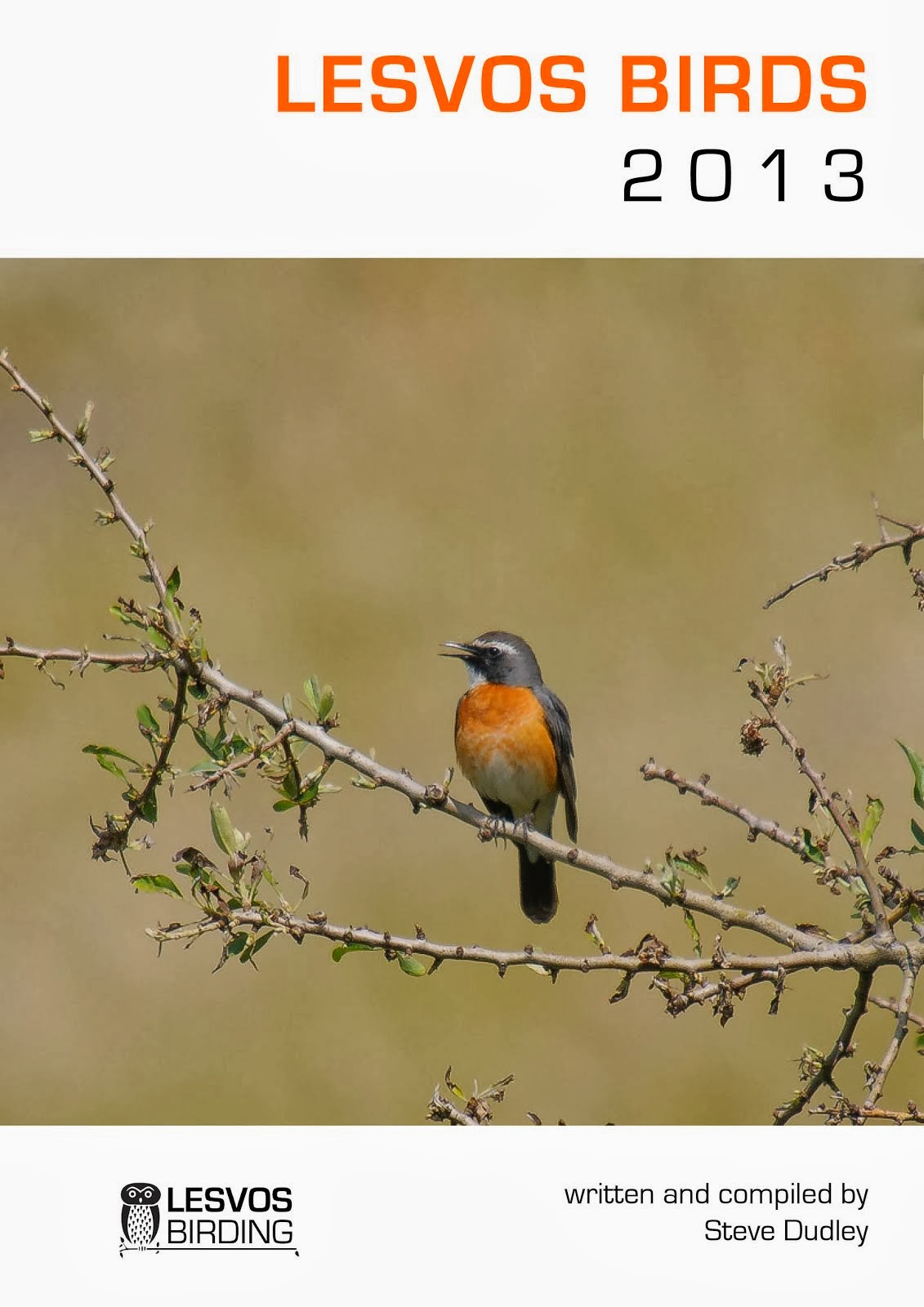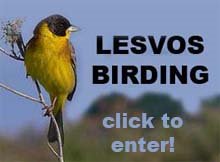BIRDING TRIP – ISLES OF SCILLY (A SPEYSIDE WILDLIFE HOLIDAY)
We head to St Martin's in brilliant sunshine and under a blue cloudless sky. As we pass the St Mary's Golf Course Steve picks up a Peregrine wheeling above the rocks which gives us good views.
We land at Higher Town and are greeted by a showy Wren singing from the top of a patch of brambles. We head east along the south of the island. The trees and fields behind the cricket pitch offer only sparrows and Starlings, while the cricket pitch itself is dotted with half a dozen Blackbirds and a Song Thrush. By the pool, four Linnets land on the bushes, one male in particular looking dapper and bright, showing off his red forehead, chestnut back, grey head and red chest. A Cuckoo is calling constantly from Chapel Down direction, and after some searching, Ray picks it up sat on the side of a distant bush.
We continue round to English Island Point from where we view the sea across to the Eastern Isles. Kittiwakes are flitting back and forth and the right hand of the Chimney Rocks is covered Shags. At least three Grey Seals are bobbing up and down in the swell just off Nornour. A small passage of hirundines includes a lone Sand Martin. We continue our walk through the coconut-scented Gorse of Chapel Down. Here and there Honeysuckle is coming in to flower and few can resist a sniff of the sweet scented flowerheads. Below us a territorial pair of Ringed Plovers chase an intruder off their beach and a handful of Oystercatchers chase each other around in their usual noisy fashion.
We arrive at Chapel Brow and have our lunch overlooking the superbly named Bread & Cheese Cove. The view west long the north side of St Martin's is breathtaking. Round Island Lighthouse can be seen in the distance, as can the sandy beach of Pentle Bay on Tresco. A couple of Fulmars fly back and forth below us when Ray shouts 'Magpie!' There on the rocks is the Magpie that took up residence on the island in October 2003. 'With only around six records in the last 30 or so years, this is probably the rarest bird we will see all week' says Steve, who is more than pleased with the addition to his Scilly list! Looking south a group of Swifts and hirundines appear, slowly working their way towards us. There are around 20+ Swifts, House Martins and Swallows, and low over the bracken slopes of Chapel Down a couple of Sand Martins.
We wind our way slowly back across to the island to Lower Town. The sun is high, the sky blue and it must be getting warm as Graham takes off his coat! The high pressure and high temperatures provide great weather for walking and enjoying the stunning views, but are far from ideal for watching migrant birds - there simply aren't any. Steve explains that during periods of high pressure migrants pass through at high altitudes taking advantage of the fine weather, and what is needed is some unsettled weather and overcast skies to bring a few birds down on to the islands.
We arrive at Lower Town in good time for the return boat to St Mary's, so take a welcome break and drink in the garden of the St Martin's Hotel.
After dinner, most of us make our way down to the quay for Scilly Birdman, Will Wagstaff's, Shearwater boat trip. Just as we begin to board the Osprey (the boat), Ray notices all the gulls in the harbour are up and going berserk. 'Osprey!' he shouts pointing to the sky. Few seem to react so Steve hollers 'Osprey! Not the boat, the bird - flying over the harbour!' That did the trick, and most of 60 or so queuing for the boat manage to see this great raptor before it heads off northwards.
We head out towards Annet. Kittiwakes and other gulls are spotted, and a couple of Guillemots fly by. It isn't long before we see our first distant Manx Shearwater. A few more birds later, a party of five shearwaters cut across the front of the boat and come down the left hand side giving superb views as they bank from side to side turning from black to white with each twist.
We arrive at Annet, the main seabird island of the archipelago. This island was once home to hundreds of thousands of Puffins, but today holds only a 100 or so pairs. In North East Porth we come across several birds on the sea and pull up along side these 'sea clowns'. As we watch the birds on the water, about a dozen birds are zooming around in preparation to head back to their burrows. The mini cliffs are home to nesting Fulmars, and the island is dotted with Herring, Lesser Black-backed and Great Black-backed Gulls. The grassy top of the islands is where the Manx Shearwaters breed, and the boulder beaches are the nesting areas for the tiny Storm Petrel. We head off in to open water to see if we can find more Manx Shearwaters. Each night, the Manxies gather on the sea at dusk and wait until darkness falls before returning to their burrows to avoid being predated by the large gulls on the island. Overcast nights are best, when the light of the moon is blocked out, so clear night such as tonight arenÂ’t ideal, but we have already seen a dozen or so birds flying around, so we should hopefully find a some sat up on the surface. We zig-zag around and eventually find a group of five birds sat on the water. We manage to creep up to within a 100 yards or so and get great views before they take flight and wheel off, shearing away from us.
Time is pressing on and the sun dips below the horizon and as athe temperature drops we head back to St Mary's. Behind us we pick up about a dozen Manxies in flight and are staggered to see the lead bird chasing a large falcon low over the water (thatÂ’s one brave Manxie!). The falcon is enormous and is the Saker-type bird that has been seen in recent weeks around the island.
We arrive back at the quay thrilled with our evening's birding, and all hurry back to the warmth of the guesthouse for a warming hot drink!
Subscribe to:
Post Comments (Atom)









No comments:
Post a Comment